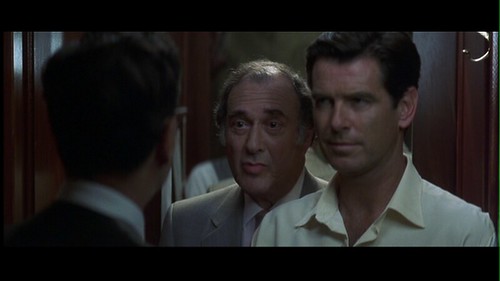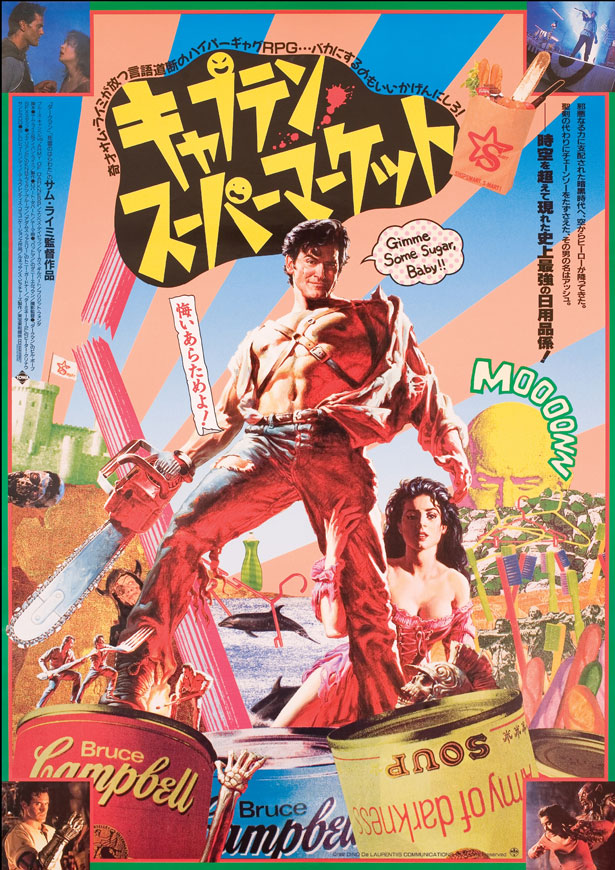In addition to its other problems (a promising germ of an idea sacrificed at the altar of Akiva Goldsman and eclipsed by the star power of Will Smith) Hancock boasted footage guaranteed to induce motion sickness, headaches and general annoyance. All the stunts and special effects, all the simple dialogue sequences, all the simpler establishing shots were charged with the anxiety of an incontinent person desperately trying to find a ceramic seat of solace. While bobbing in ecstasy, the shots also swing in and out of focus (mostly out) making one wonder if these represented experiments in combining the techniques of action thrillers and those of cinéma-vérité. When this stylistic approach is extended to the action sequence, one laments the lack of dollars to fund a simpler, more coherent and more effective approach.
Traitor takes a great premise, interesting ideas and a serious earnest performance by Don Cheadle and sets them up against a battery of technical clichés that mount an assault on the senses that is comparable to the terrorism in the film. Clearly in the running for the award for low average shot length, the film employs desaturation and oversaturation of colour randomly (I'm sorry I didn't get the "different look for a different locale" device), enthusiastic energetic cuts even in the calmest of moments (the familiar flash-cut technique from Japanese horror films also makes an appearance) and, of course, the faux cinéma-vérité. The material is more engaging than in the Will Smith vehicle and manages to soothe the senses. There are sequences that are familiar to viewers of thrillers; and yet, what little remnant suspense they may hold is eroded by editorial decisions that seem to come from a different school of thought. Had it switched to a simpler mode of cinema, this film, despite its rather cursory handling of interesting characters and ideas, would have, thanks to Cheadle's performance as Samir Horn, been a lot more watchable. It was a surprise to see Aly Khan -- I remember him from Banegi Apni Baat, Private Detective and S4H3.
If you want to see how to shoot an action sequence more effectively, look no further than The Dark Knight). If you want to learn how simpler effective cinematography can contribute to your narrative (especially when you seem to have technically competent creatively challenged people on board), go watch the films of Sidney Lumet. And please add a note on your film poster about how shaky things can get. If I wanted to throw up (especially after a buffet at one of the many local Indian restaurants), I'll know which hall to walk in.




